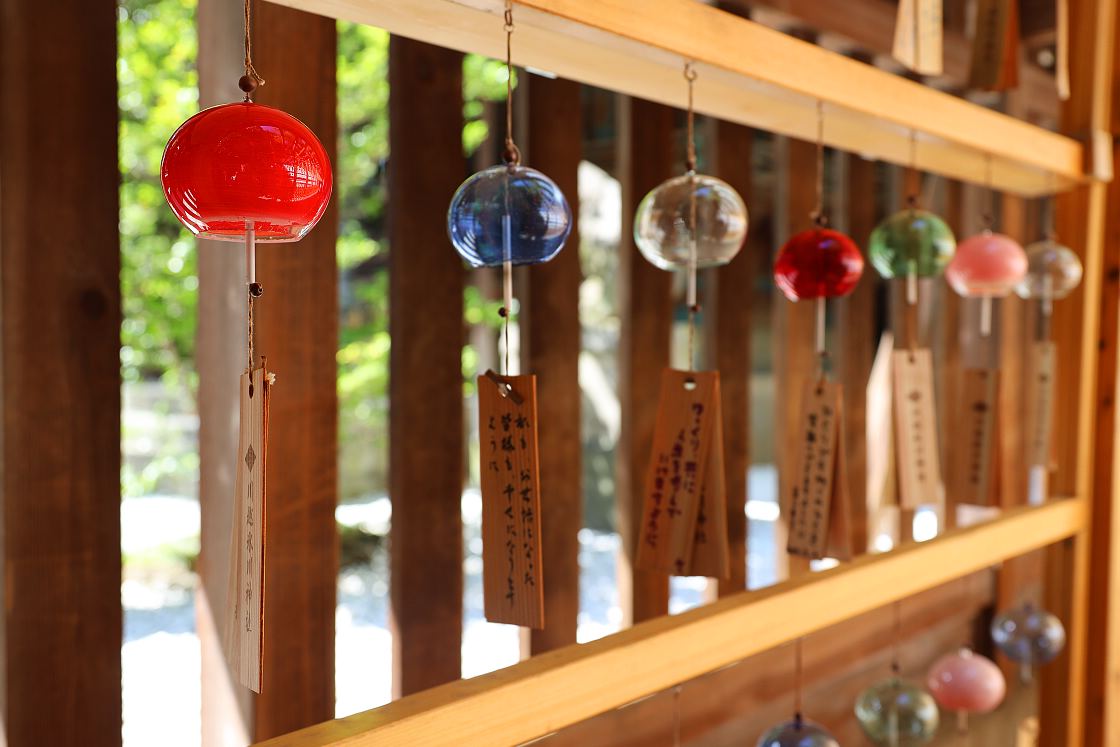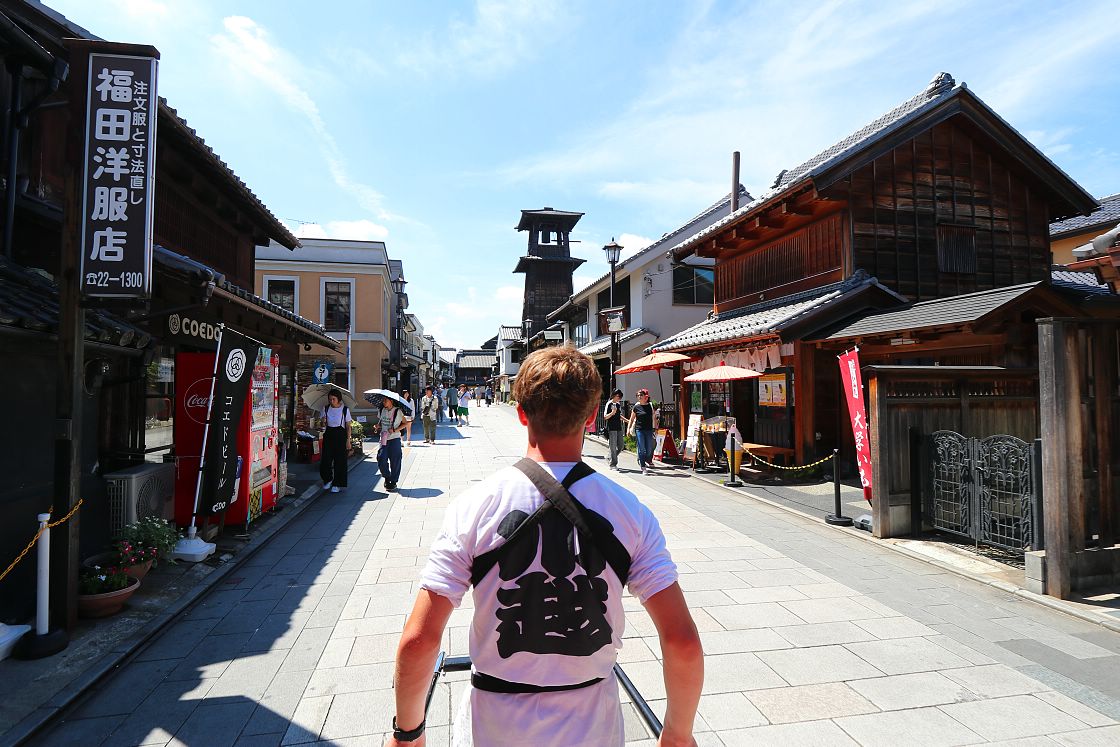Stepping back in time in Kawagoe
As one of the world's most popular travel destinations, it's no surprise that the city of Tokyo has an incredible amount to offer, from its world-class museums and galleries to countless attractions and sightseeing spots, not to mention more Michelin-starred restaurants than any other city on earth. If there is one way in which the city can be said to fall short however, it would have to be in its lack of well preserved historical districts, arguably leaving it without a clear visual identity like so many of the world's other great cities.
For visitors keen to escape the hubbub of the modern metropolis and experience the atmosphere of old Tokyo however, the answer may lie just a short train ride northwest in the city of Kawagoe, Saitama Prefecture - an old merchant city preserving the atmosphere of Japan's Edo Period (1603-1868).
Connecting the city via its main station of Hon-Kawagoe to the busy urban center of Shinjuku in as little as 44 minutes, the Seibu Railway is a private rail operator with its own history dating back to 1894, today with over 170 kilometers of track extending from the greater Tokyo area all the way to Saitama Prefecture's main sightseeing spots.
For this one-day report, I took my first ever trip to Kawagoe, to soak up some of its historic atmosphere on an easy side-trip from central Tokyo.
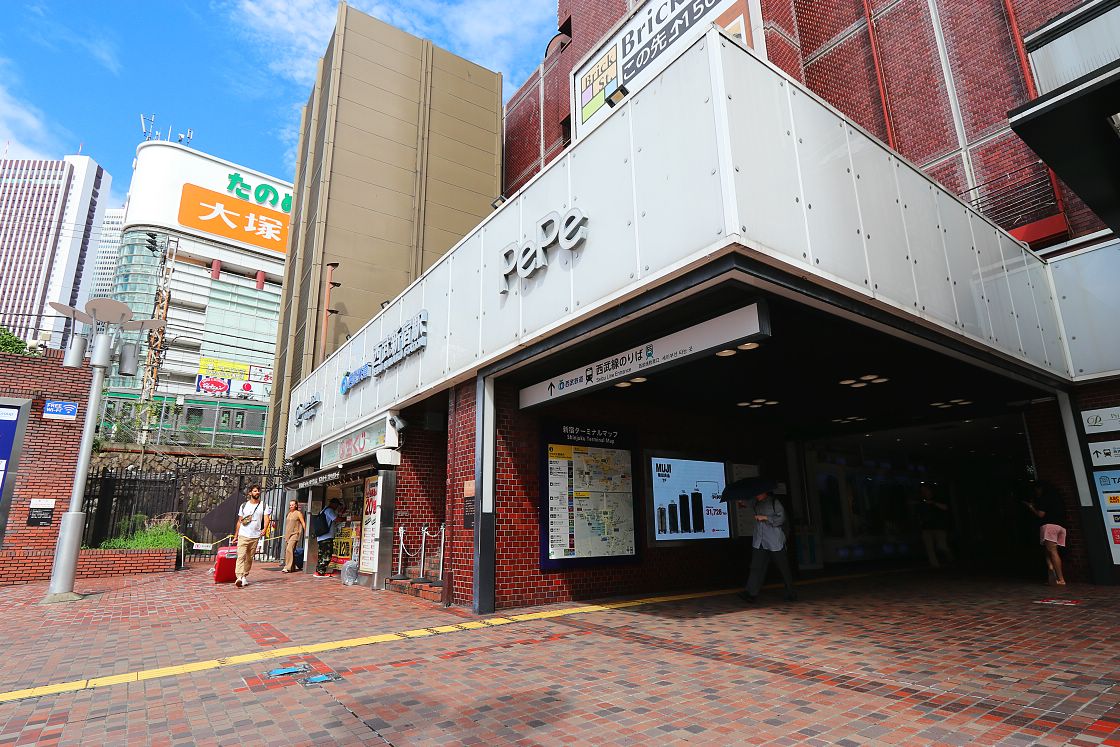
My day began at Seibu-Shinjuku Station, easily reached from the larger JR Shinjuku Station with a 10-minute walk north along the tracks. As well as sharing a building with the Shinjuku Prince Hotel and Pepe Shopping Center, the station is in a prime location surrounded by shops, hotels and downtown attractions like the nearby Kabukicho Tower.
Before jumping on a Red Arrow Limited Express bound for Hon-Kawagoe Station, I made sure to pick up the Seibu Kawagoe Pass with Co-Edo Loop Bus 1-Day Ticket (1,300 yen), combining one round-trip from Seibu-Shinjuku, Takadanobaba or Ikebukuro stations with unlimited use of Kawagoe's handy sightseeing route bus.
The pass is also available without the bus ticket (700 yen), but please note that as either version is available only to foreign nationals, you'll need to show your passport at the station's customer service counter in order to complete the purchase. Taking the Limited Express as I did requires a 600 yen supplement on top of the cost of the pass, but slower express trains are fully covered, adding about 15 minutes to the journey time.

Just 45 minutes later, the train terminated at Hon-Kawagoe Station in the city's main business district, about ten minutes on foot from the historic warehouse district, called Kurazukuri no Machinami. Once out of the station and on my way, I made my first stop at Wargo - a kimono day-rental store with a comprehensive selection of outfits and plans to suit every kind of customer. For this hot, sticky day in August however, the only choice was a light cotton yukata.
A common sight at summer festivals, the yukata was first popularized in Japan in the 16th century and traditionally worn as sleepwear or for trips to the baths. Like kimono, they are worn both by men and women, cut from a single piece of cloth and folded left over right. Unlike their formal counterpart however, they are made from unlined cotton for a light, breezy feeling perfectly suited to Japan's oppressively hot and humid summer months.
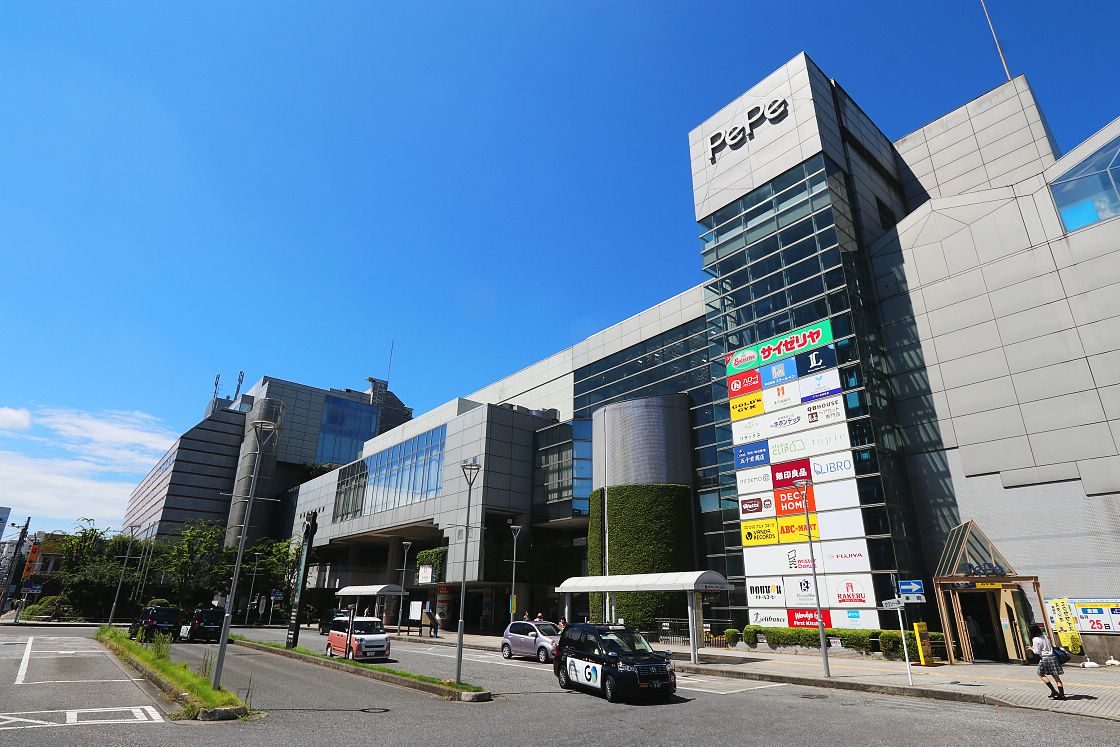
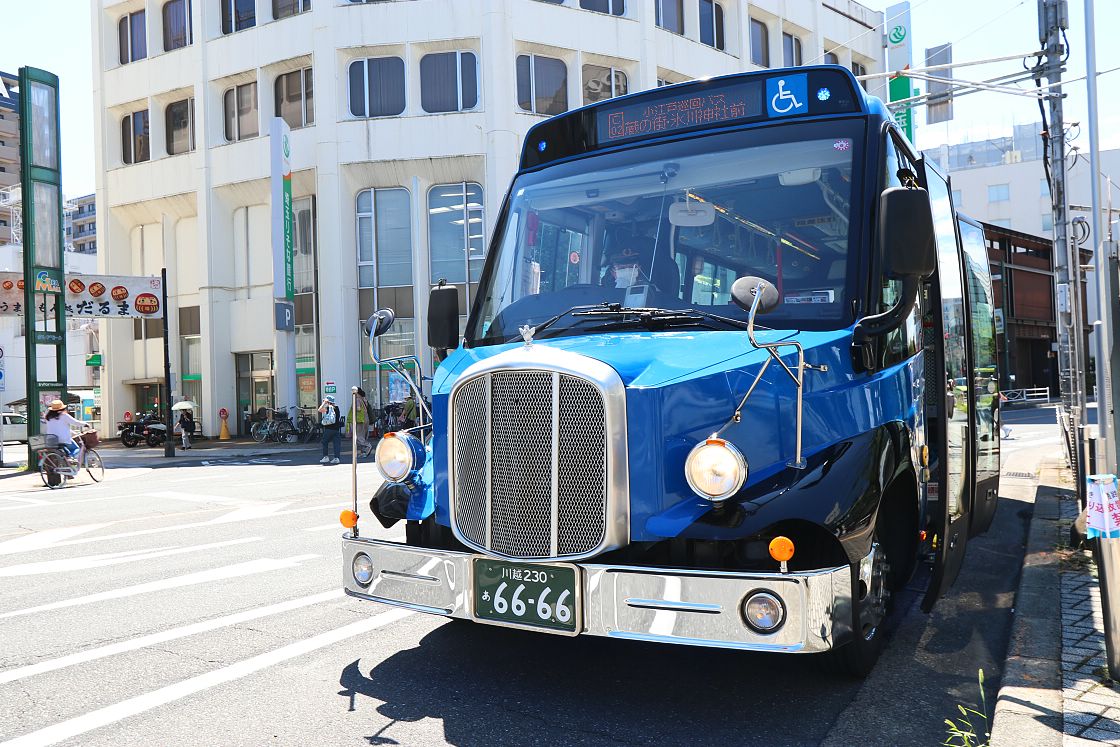
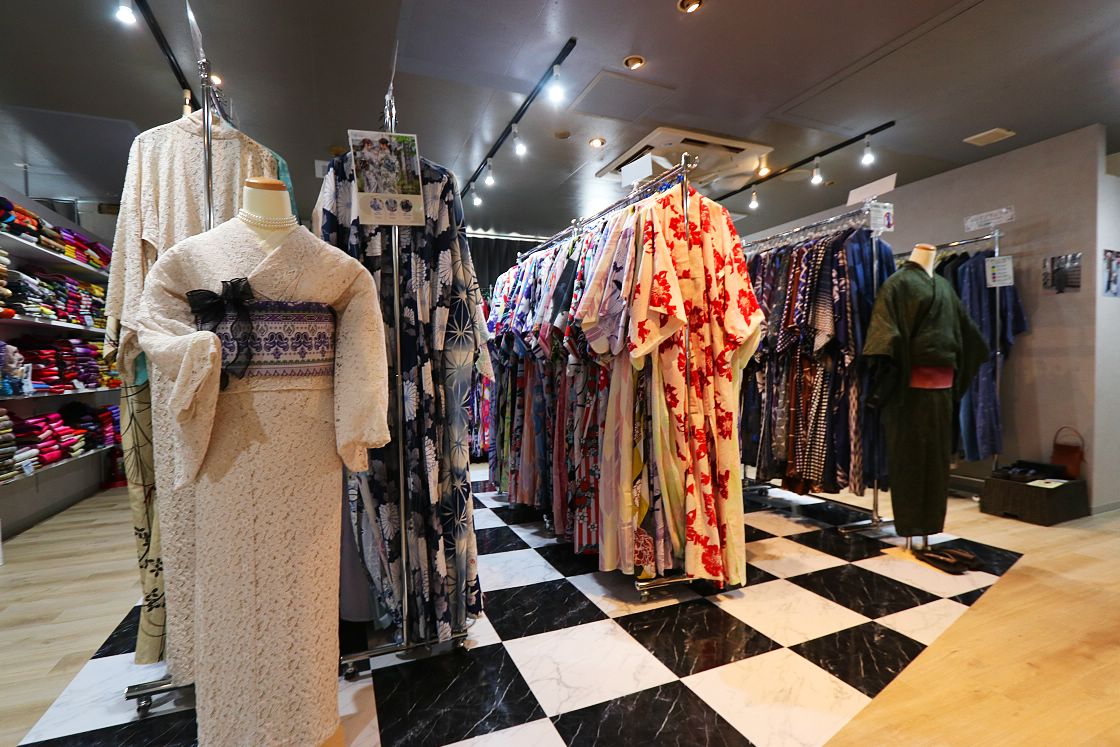
Suitably clad in a nice gray piece with a black and white sash and a traditional drawstring bag called a kinchaku to hold a few essentials, I continued northward along the main street, where modern shops quickly gave way to old merchant houses in the Kurazukuri style - built from clay and stone rather than timber to prevent fires.
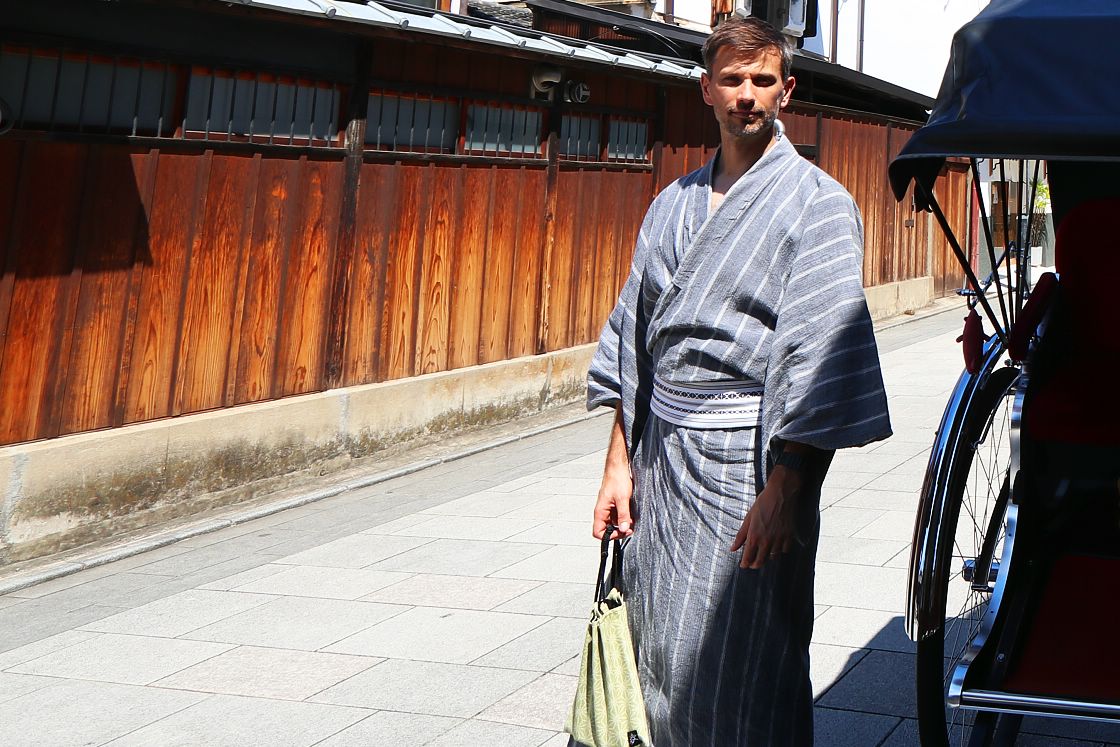
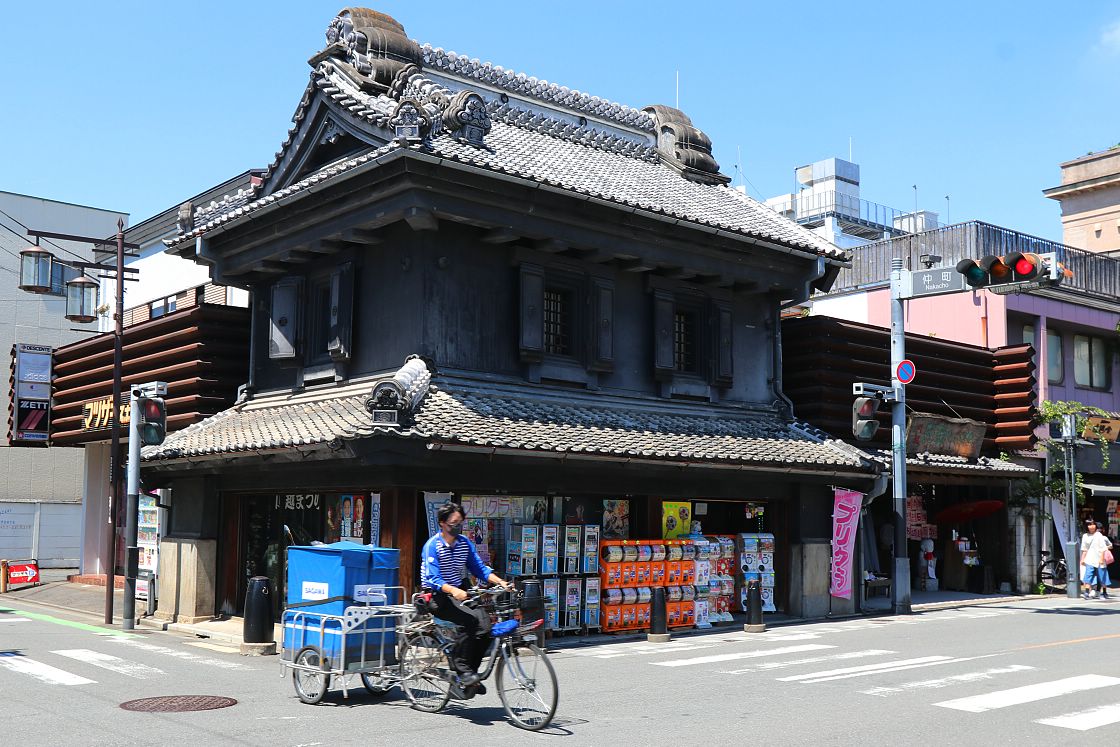
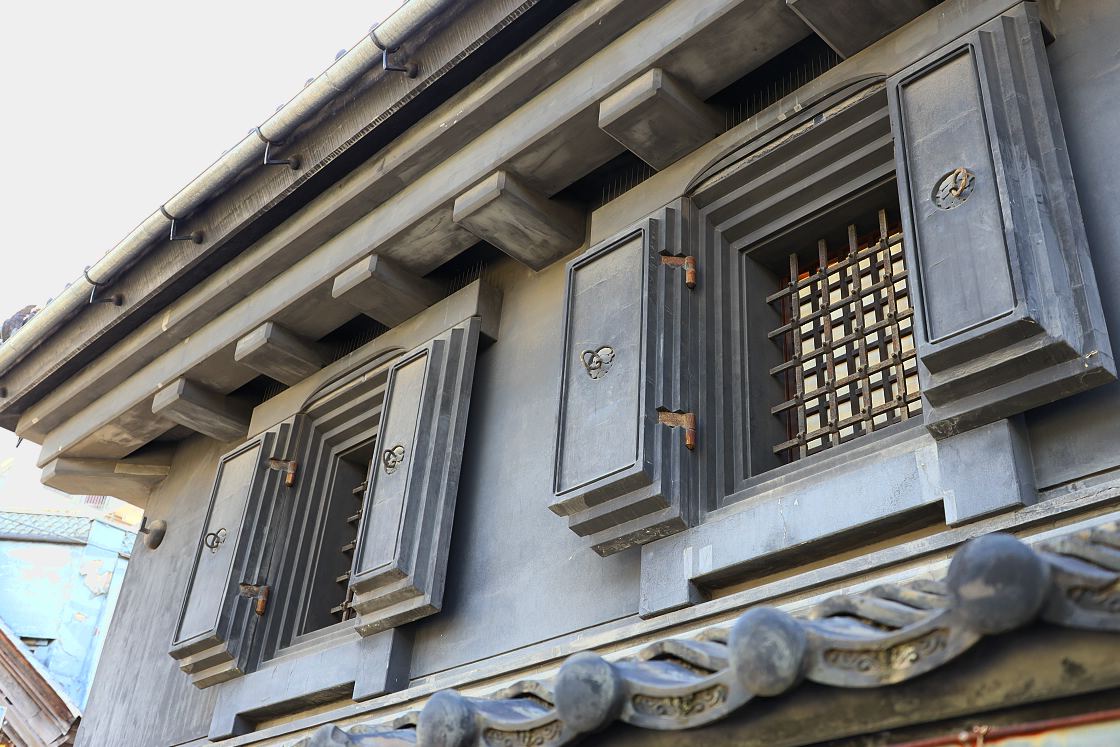
From the Edo Period through to Japan's industrialization, Kawagoe prospered as a vital gateway for goods and resources making their way south into the capital, known as Edo until 1868. For the citizens of Kawagoe, Edo came to represent wealth, culture and advancement - small wonder then that when much of the town burned down in 1893, they rebuilt it in Edo's image, earning it the nickname Koedo or little Tokyo. While they were at it, many built their homes and places of business with materials and techniques usually reserved for storehouses, or kura, giving Kawagoe the appearance it has kept to this day while making sure such a disaster would never strike again.
Keen to get a sense of the town but somewhat hampered by my geta sandals, I booked a rikshaw runner and was quickly whisked away on a circuit of nearby attractions, beginning with the famous Toki no Kane, or clocktower.
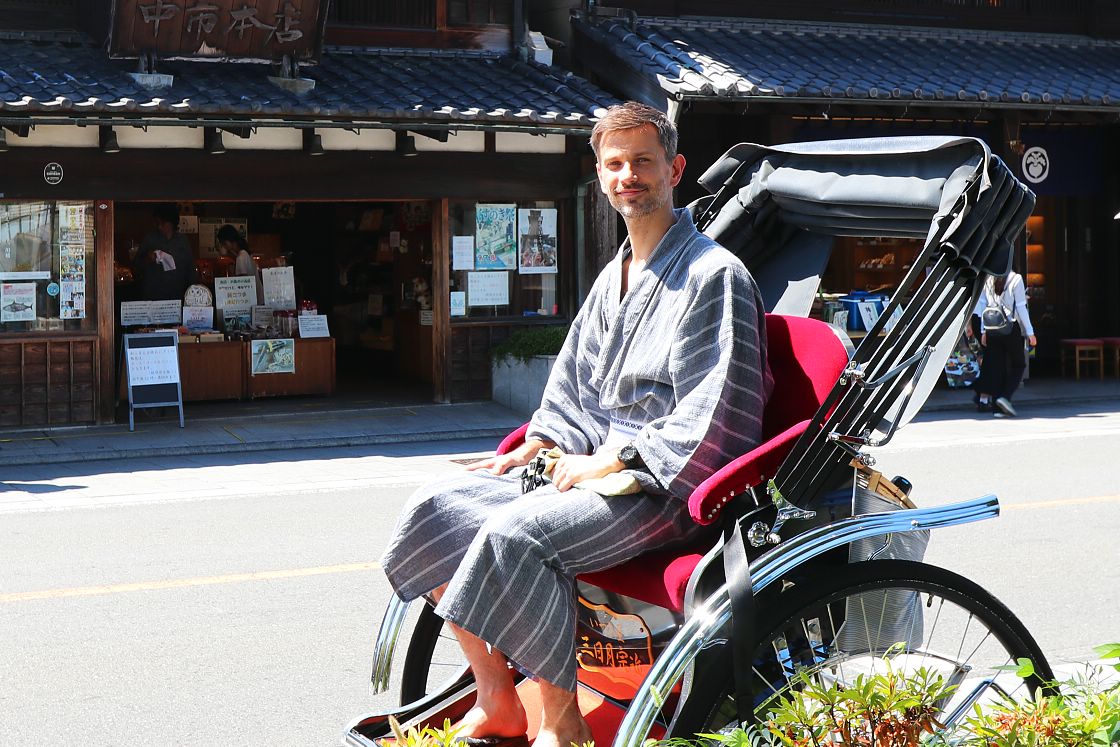
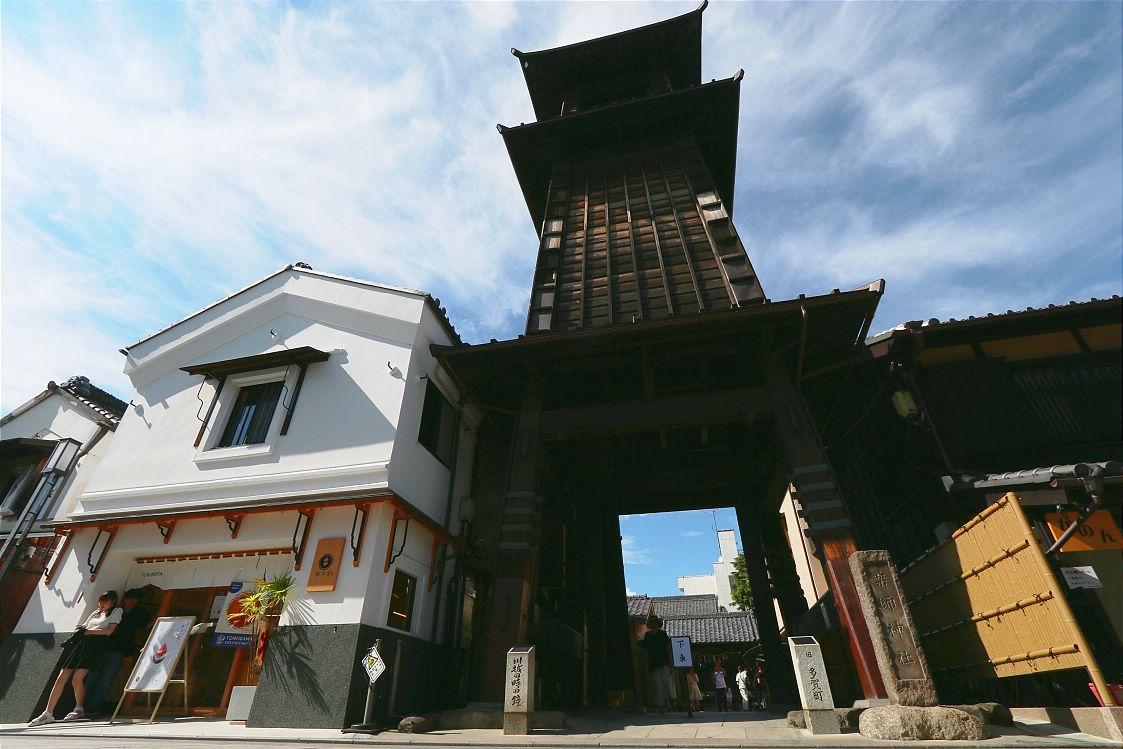
First built in the early 16th century by the then lord of Kawagoe domain, the tower was said to have originally had a bell with an especially beautiful sound that was recognizably different when earthquakes or other dangers threatened. Sadly, this wasn't enough to protect the tower itself, which burned down and was rebuilt three times. The current structure dates to 1894 and has been embraced by locals as a symbol of the town.
Leaving the tower behind, we continued along the main strip with its merchant houses for a while before turning off and threading our way through backstreets, my driver all the while happily waving to passing tourists or breathlessly pointing out interesting spots.

My ride ended at the entrance to Kashiya Yokocho, or Candy Alley, a narrow shopping street close to the warehouse district, lined with stores selling many different kinds of sweets and confectionery, from traditional to modern. Alongside the usual steamed buns, rice crackers and traditional hard candy, I noticed a lot of sugary treats made with a surprising ingredient - locally grown sweet potatoes.
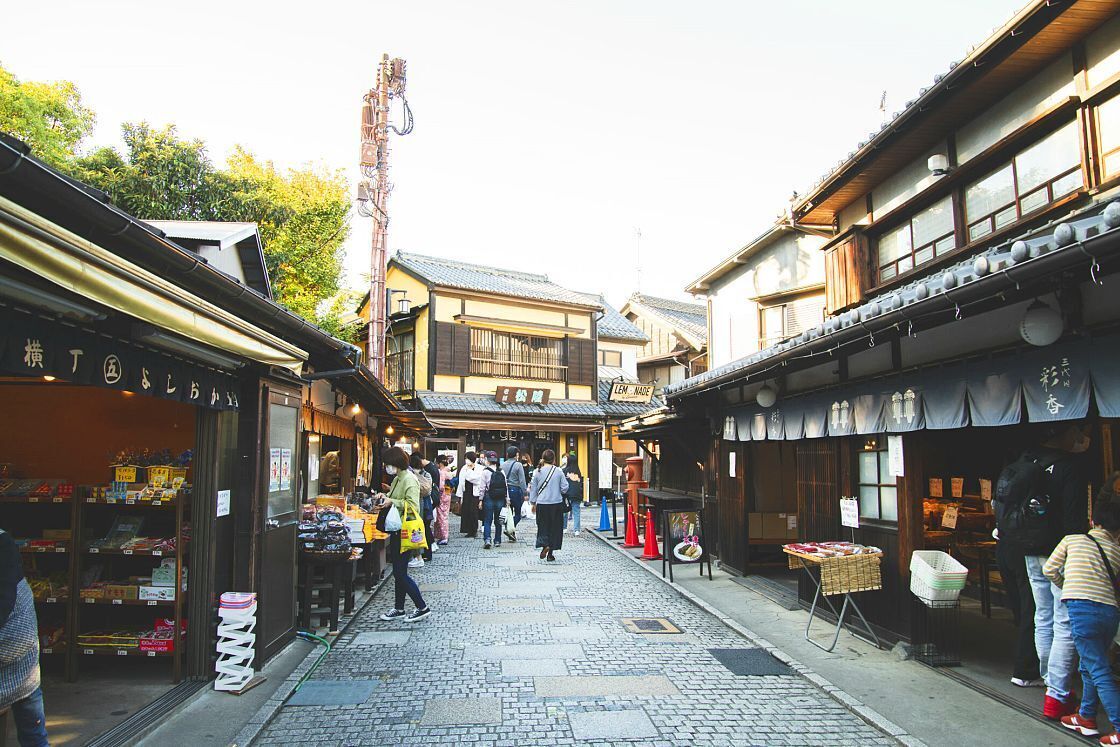
In fact, Kawagoe has been known for its sweet potatoes ever since the Edo Period, when yaki imo or baked sweet potatoes took off in the capital as one of the few sweet-tasting snacks cheaply available at the time. Using pioneering methods still widely used throughout the country, Kawagoe quickly became a definitive provider of the sweet, starchy tuber.
By now it was approaching lunchtime, so I made my way back along the main Kurazukuri Street to Unagi Denbe - a popular local restaurant specializing in another Kawagoe speciality: grilled eel. Located in a beautifully renovated merchant house preserving many of its original details, Denbe felt welcoming, perfectly matched to its traditional surroundings and - best of all - blessedly cool inside.
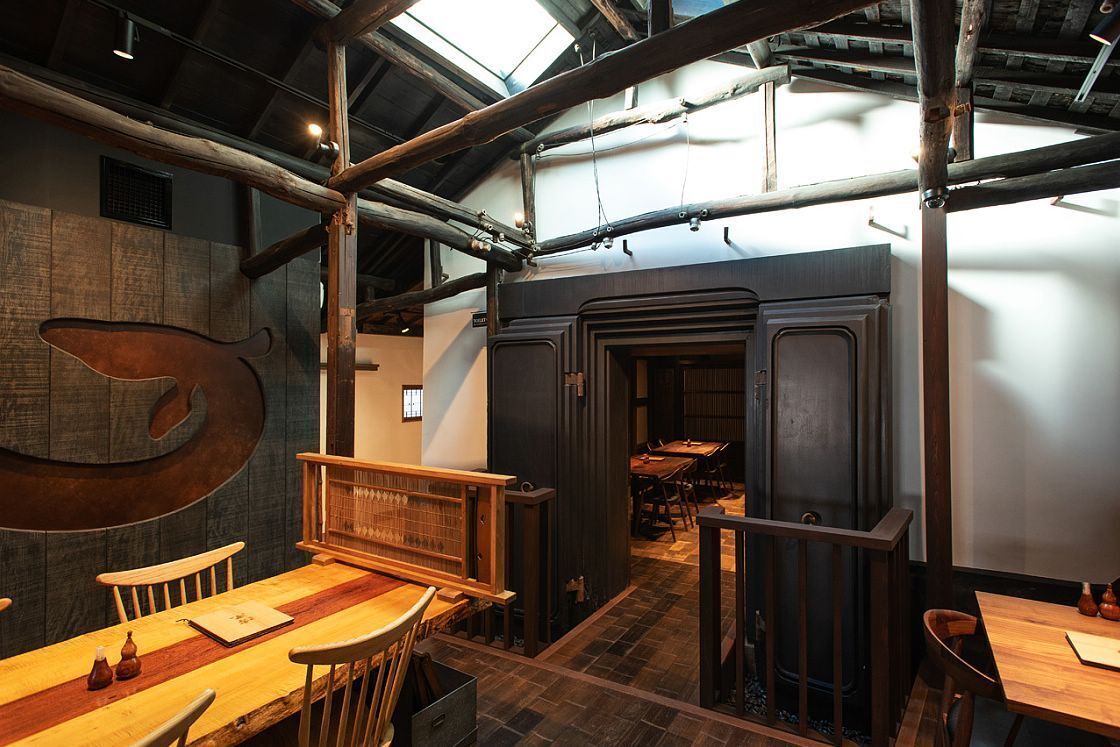
Ordering hitsumabushi - a classic dish with a generous serving of grilled eel on a bed of rice, topped with lashings of a sweet, sticky sauce - I sat down to what was easily the most delicious and perfectly cooked eel dish that I've ever had. Adding to my enjoyment, hitsumabushi is traditionally eaten in three stages: first by itself, then with a topping of spring onions, wasabi or herbs, and finally with the addition of dashi, creating a light, porridgy broth.
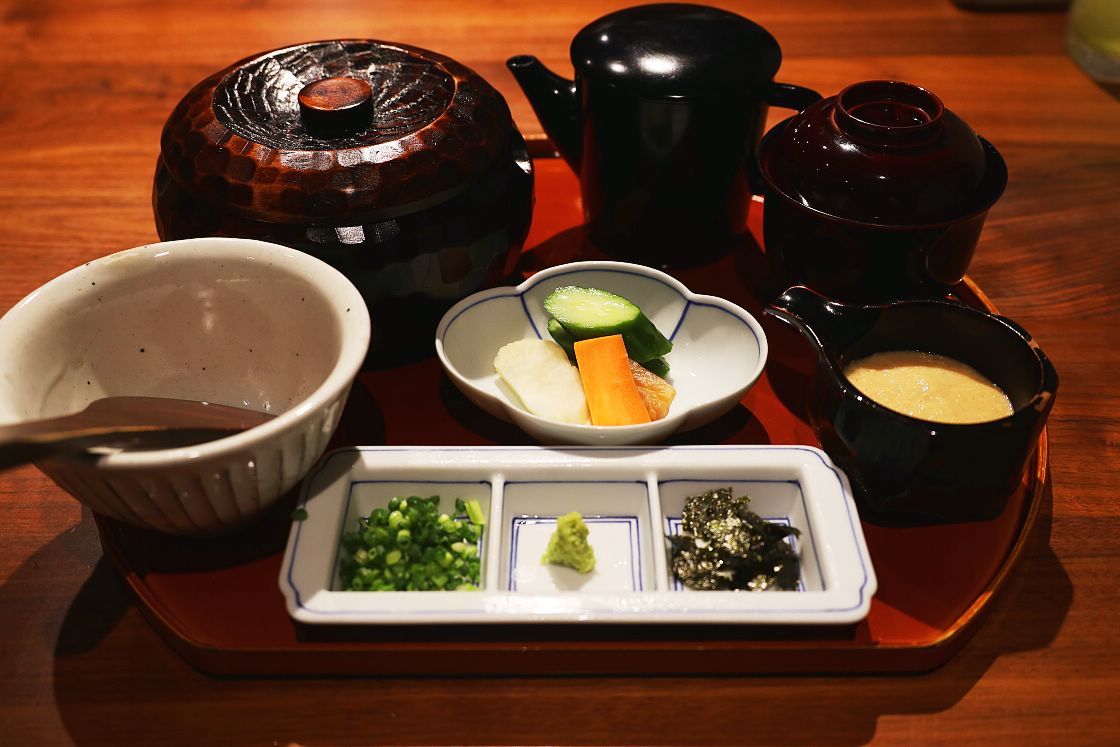
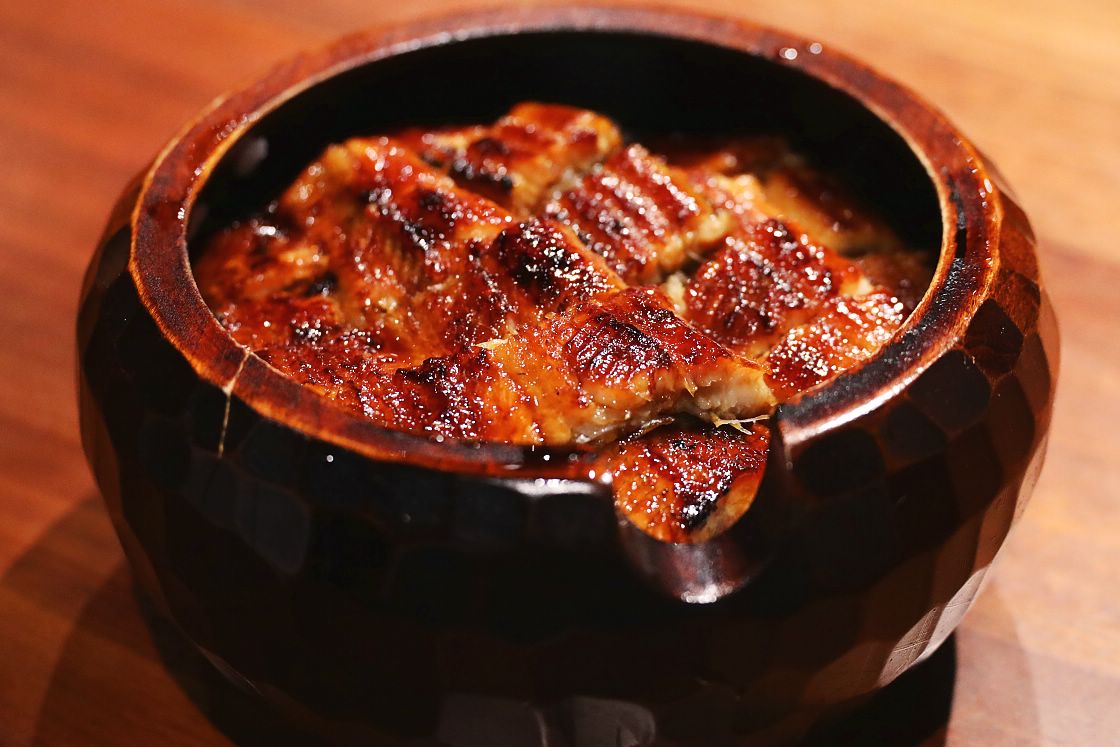
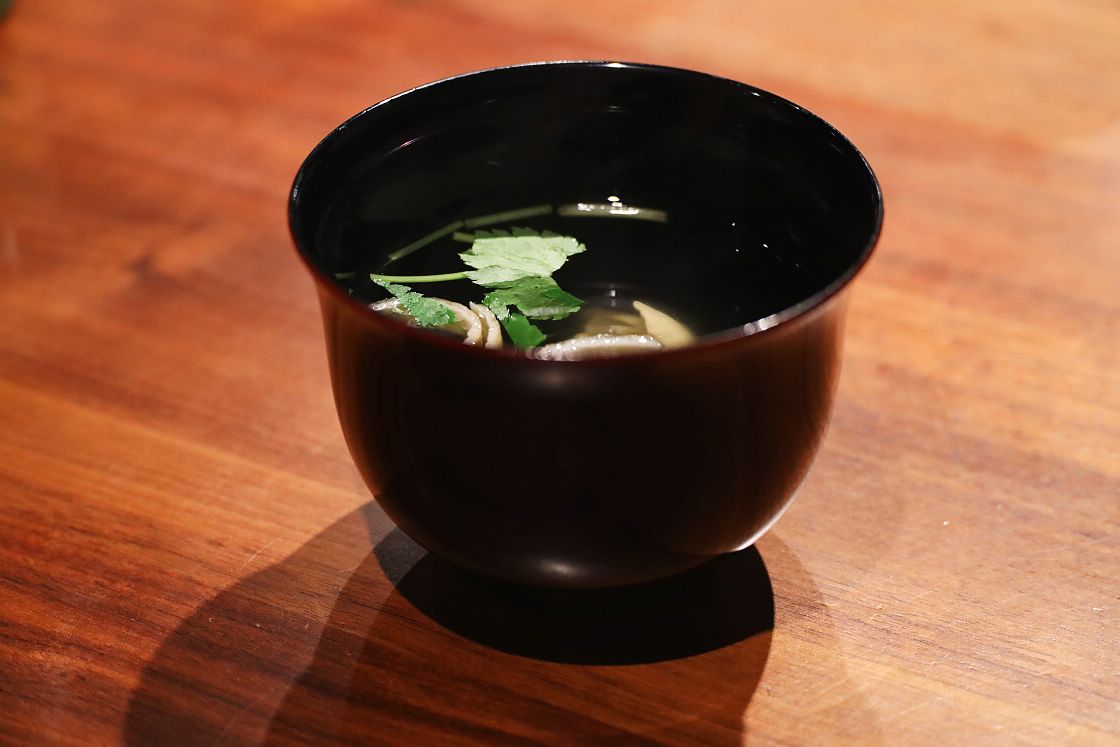
After a very satisfying meal, my second to last stop in Kawagoe was at Kawagoe Hikawa Shrine, a 15-minute walk north then to the east. Said to have existed for some 1,500 years, the shrine is dedicated to five different Shinto deities and, because that number includes two married couples, has taken on a unique association with matchmaking.
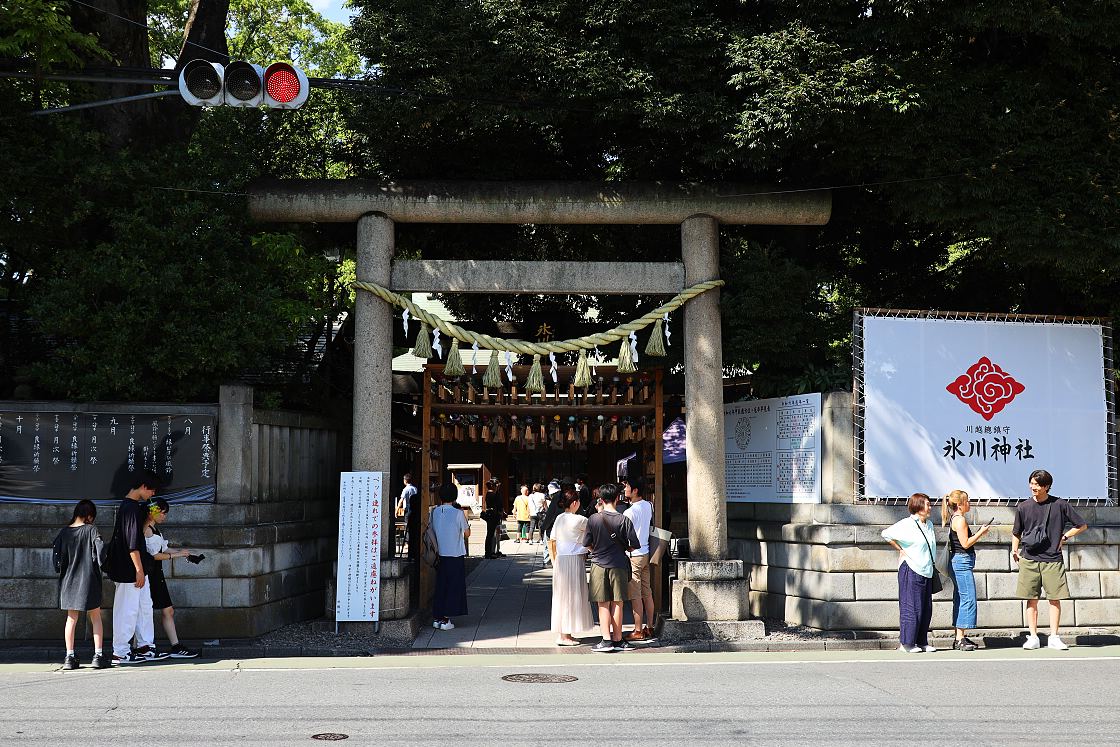
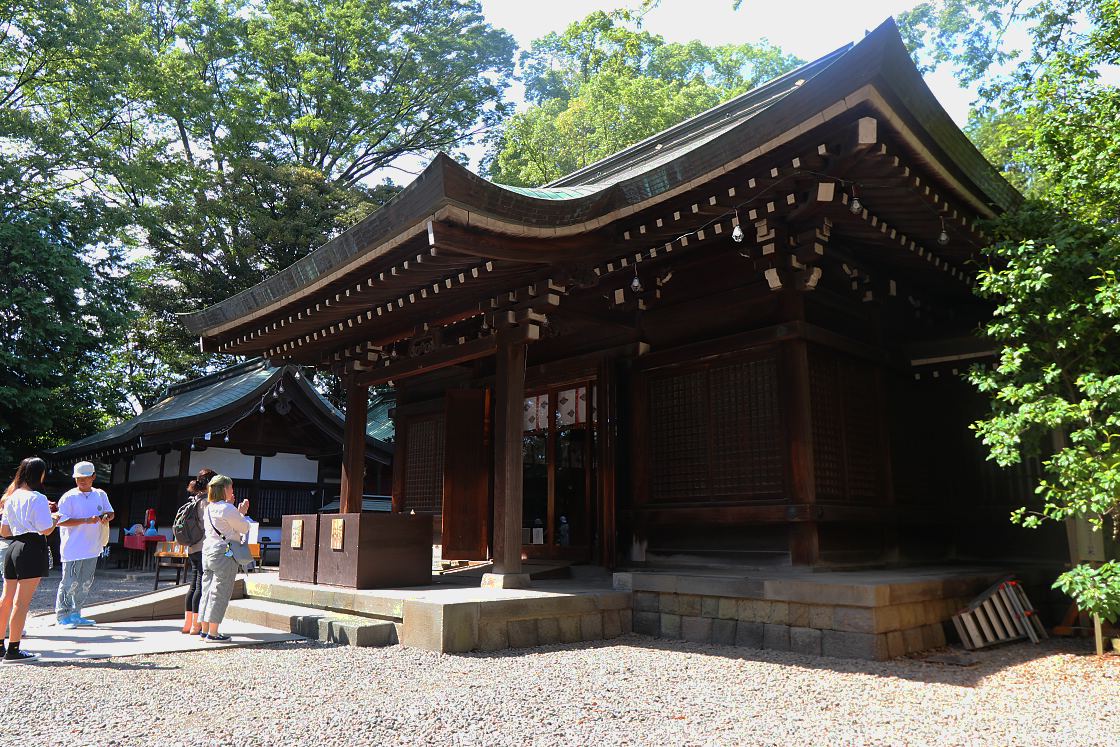
The shrine is known for its handsome main building, dating to the late Edo Period, and for the stately zelkova trees that shade its precinct. From early July through to early September however, the shrine's main attraction is the Enmusubi Wind Chime Festival, wind chimes having a special association with summer in Japanese culture as their pleasant tinkling sound is felt to offer some measure of relief from the heat.
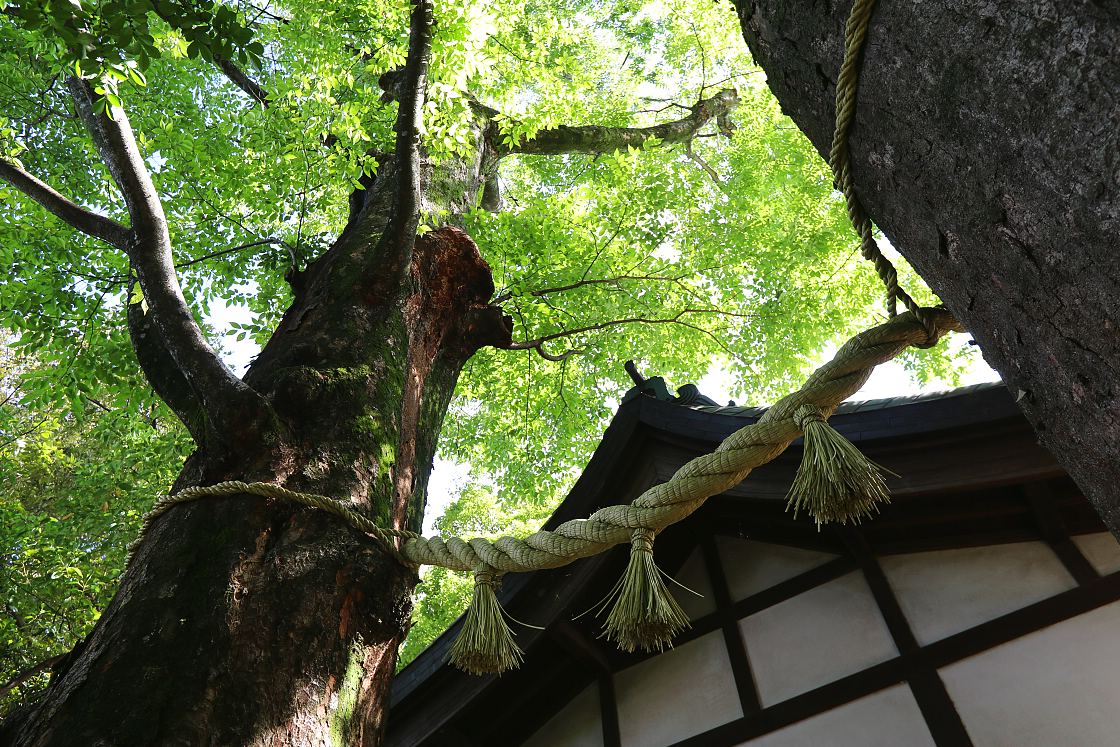
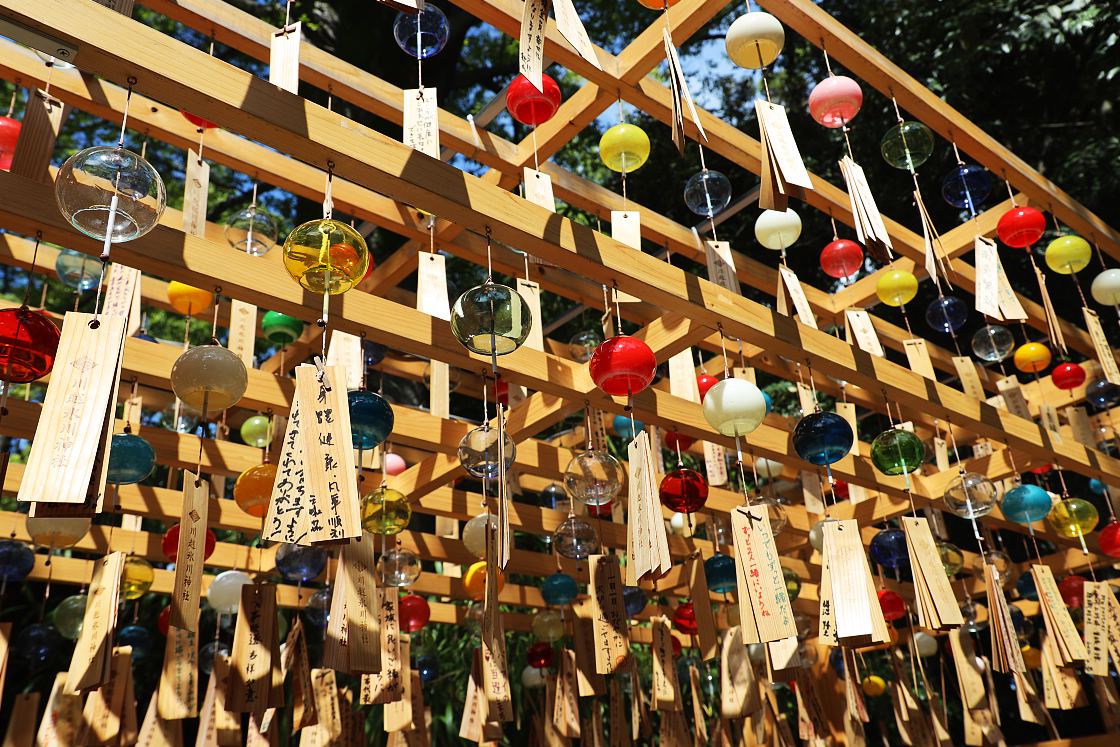
Although a relatively recent invention, the festival had drawn quite a crowd with many other visitors also sporting yukata. At the center of the proceedings was a simple wooden frame forming a corridor festooned with colorful wind chimes, to which visitors were invited to attach a handwritten wish for the future, similar to the more traditional ema. On mine, I wrote the phrase "kanai anzen" (家内安全), a common expression for occasions like these calling for health and security in the home.
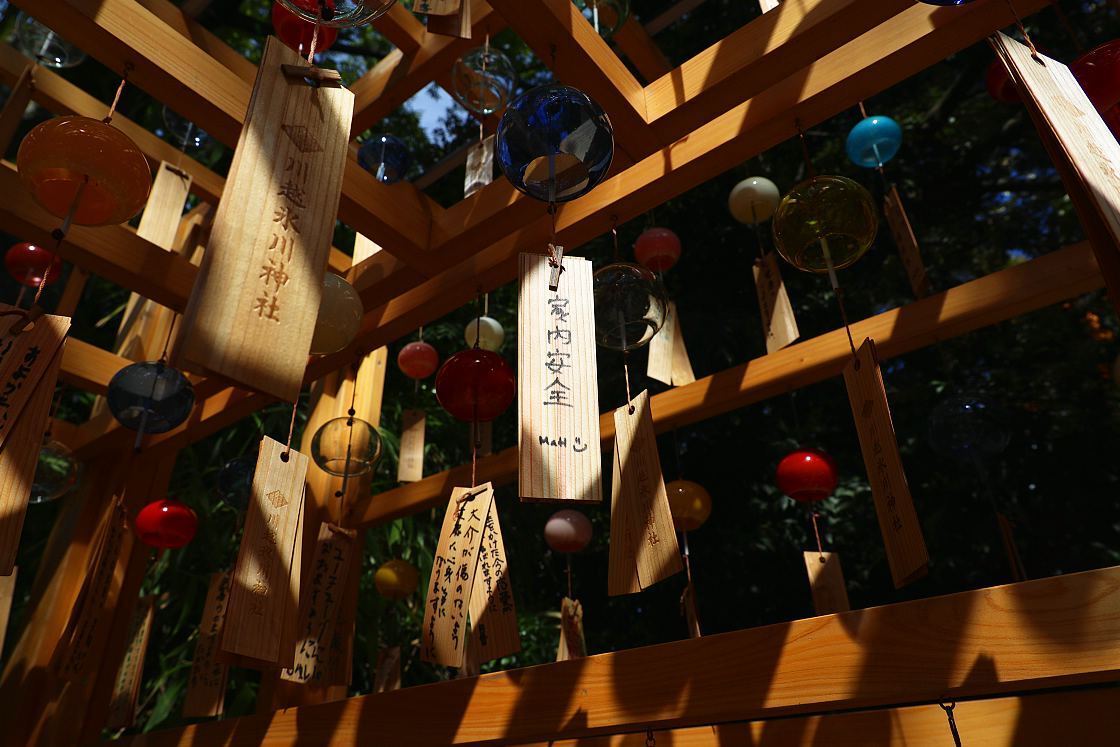
Before taking my leave, I took part in another fun activity - “fishing” for an omikuji or random fortune slip, in this case rolled up inside an adorable little papier mache fish. The fates were with me on this occasion and I drew daikichi, or “great luck”, the best of five categories ranging all the way down to suekichi, or "blessings to come".
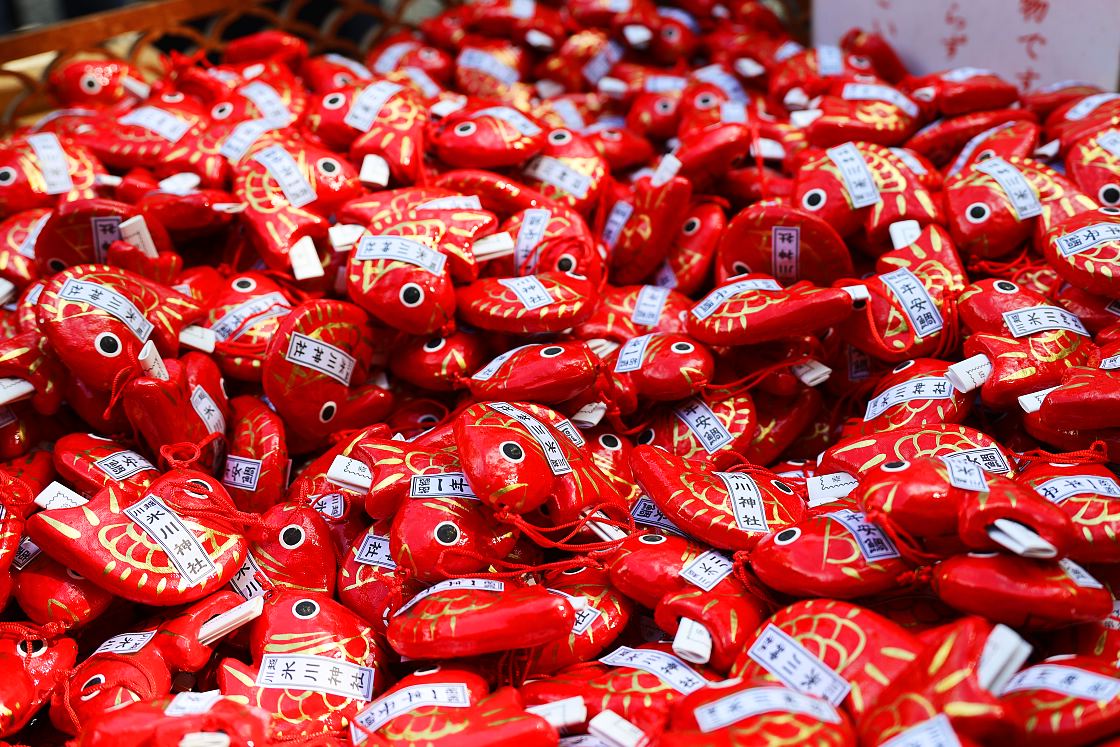
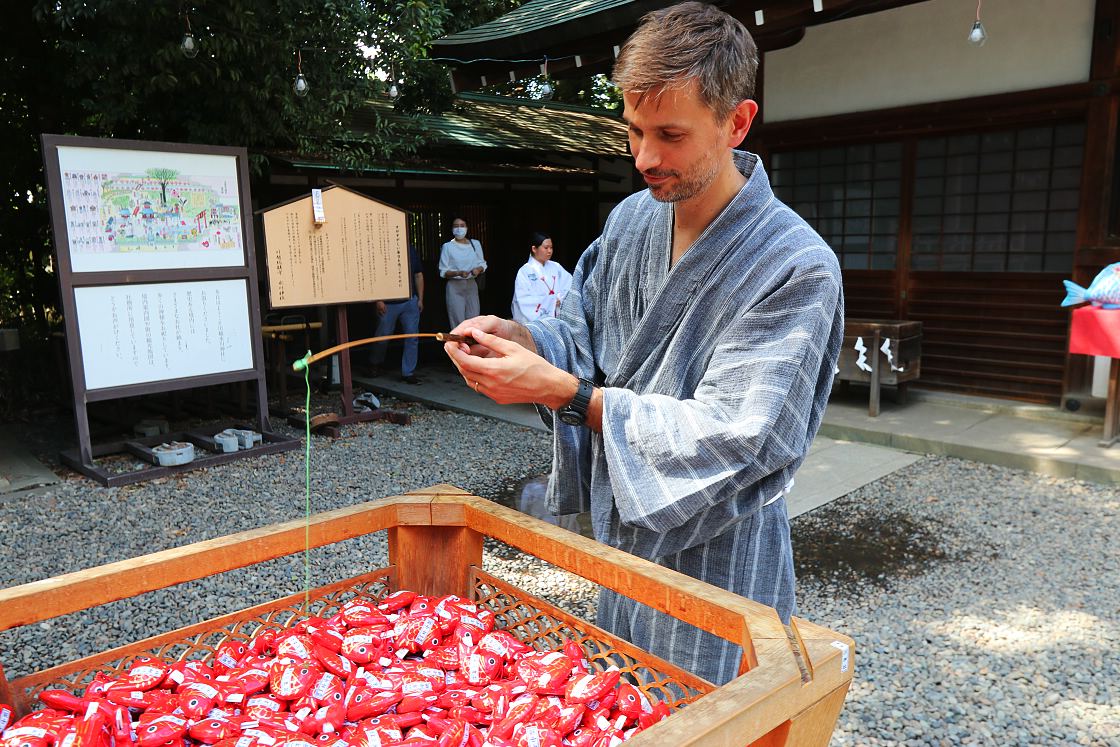
Spying a bus stop just a few steps from the shrine entrance, I used my Co-Edo Loop Bus 1-Day Ticket to jump on one of Kawagoe's colorfully retro-style sightseeing buses heading back along Kurazukuri Street for one final stop in the town. Attractively remodeled from a series of period storehouses that once housed a sake brewery, the Koedo Kurari development is a one-stop shop for tourists including a souvenir store, restaurant and sake shop.
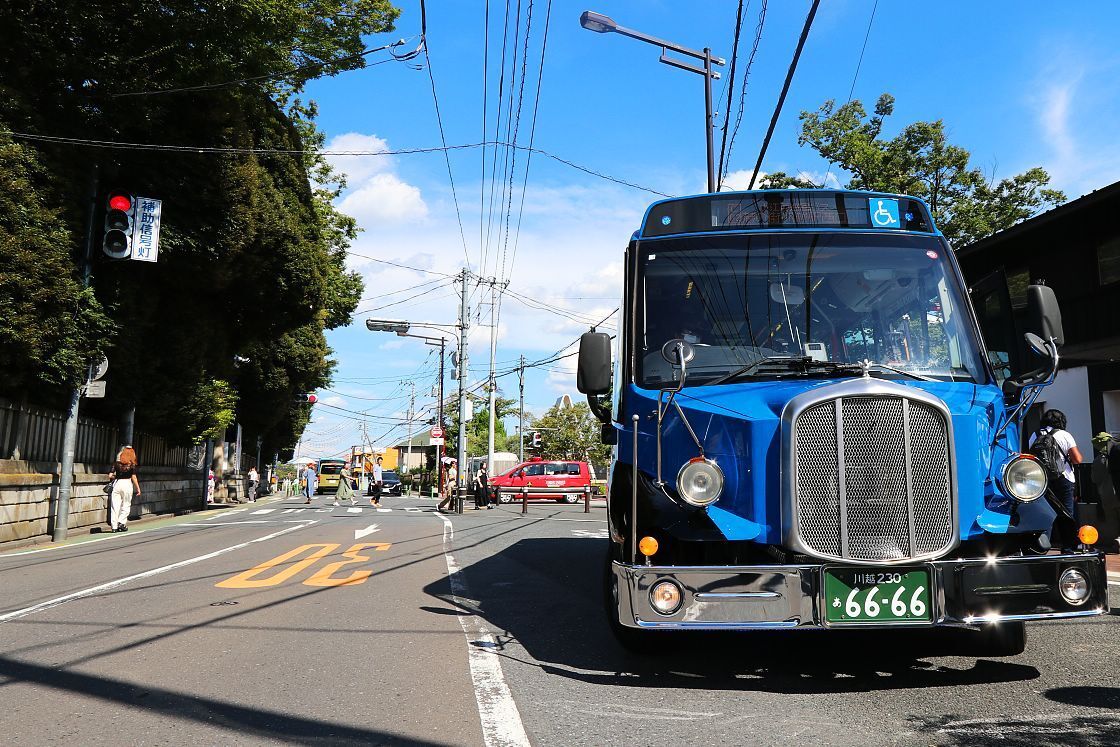
In the souvenir store, I found an impressive array of locally made products from pickles and traditional condiments to beer, not to mention countless mouth watering variations on sweet potato confectionery, all beautifully presented making for first rate gifts and souvenirs.
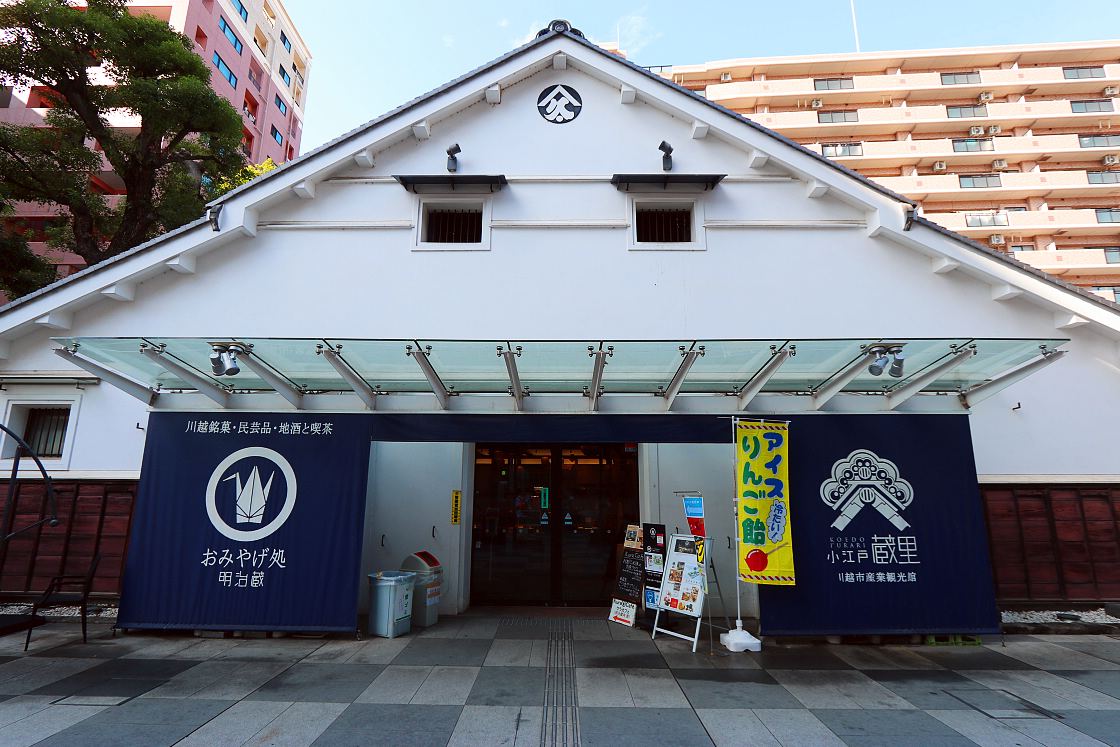

Equally impressive was the sake tasting venue, boasting a genuinely surprising selection of bottles from all over Saitama Prefecture. Best of all, the store features a series of well-equipped tasting machines offering your choice of three miniature cupfuls for just 500 yen. Sticking with local providers, I tried Tenjin Junmai Ginjo (smooth, delicious, slightly sweet), Koedo Junmai Genshu (complex, beginning on a sharp note then a softer finish) and, most interestingly of all, Koedo Kagamiyama, a sake made with yeast traditionally reserved for white wine, adding a slight, pleasant sourness and silkier mouthfeel.
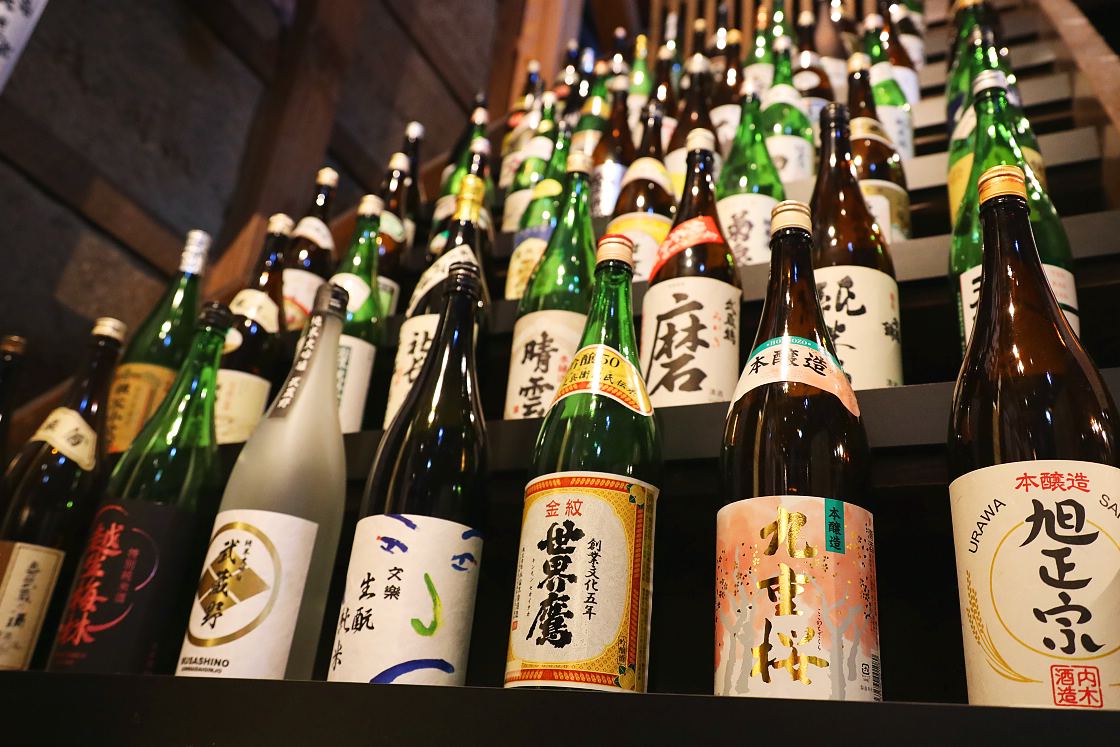
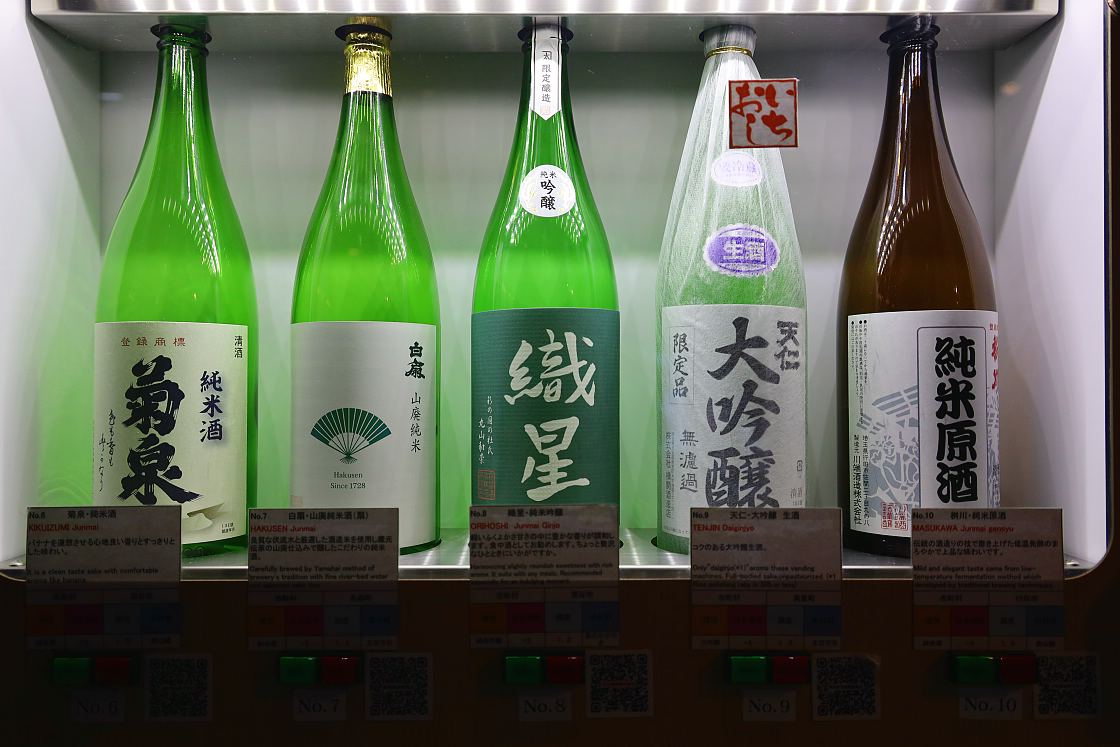
With that, it was time to retrace my steps to central Tokyo, stopping on the way at Wargo to return my yukata, which by now I'd grown quite comfortable in. Reflecting on my first time in Kawagoe, I felt that I had been able to pack in plenty of enjoyable and interesting experiences without any need to rush, making it an ideal side trip destination for anyone needing a quick change of scenery from Tokyo's busy streets.
